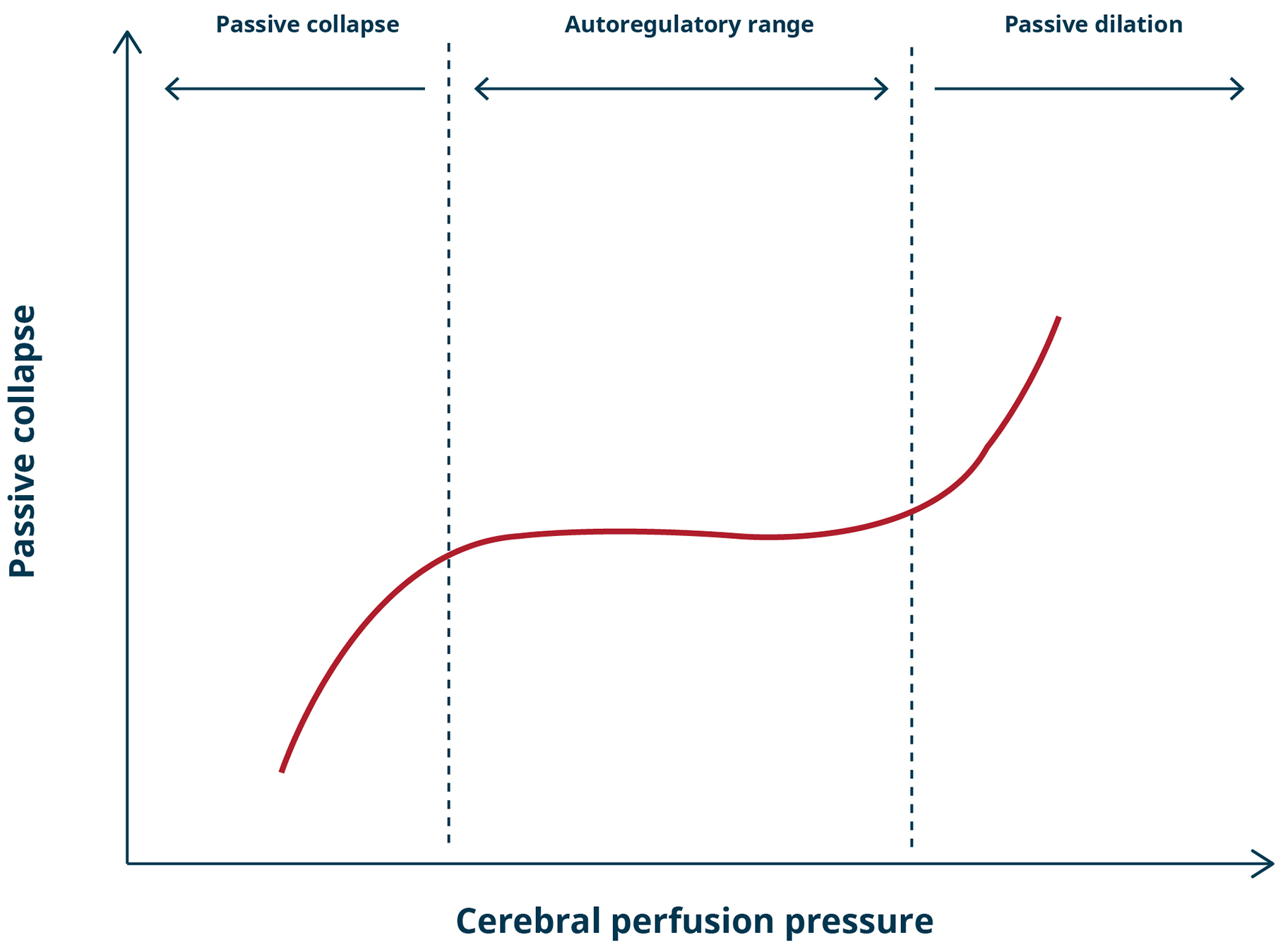Select your destination
Continue to Radiometer Medical
Importance of invasive & non-invasive CO2 monitoring in the NICU
Preterm birth is a leading cause of mortality & morbidity for newborns in most parts of the world [1]. As treatment for extreme premature infants has matured, neonatologists are now routinely treating infants born in gestational week 22 and 23, which was earlier thought to be on the limit of viability [2].
As survival for the smallest infants have increased, there has been an increased focus on long-term consequences of being born premature [2]. For a long time, it has been known that it is important to tightly monitor the CO2 levels of premature infants to increase the chance of a good outcome [3]. Both hypocapnia and hypercapnia has been associated with adverse long-term outcomes for the neonate, including increased risk of bronchopulmonal dysplasia (BPD), intraventricular hemorrhage (IVH), and cerebral injury [4].
Due to the importance of CO2 monitoring, the current guidelines from the UK National Institute for Health and Care Excellence (NICE) advise for CO2 monitoring of neonates right after initial stabilization until discharge [5].
CO2 monitoring can be done invasively (through a heel stick, vein/arterial puncture or blood obtained through an indwelling catheter) or non-invasively (for example through end-tidal or transcutaneous monitoring). The current consensus is that non-invasive monitoring cannot replace invasive monitoring but can supplement the invasive monitoring [6].
CO2 and cerebral autoregulation
Cerebral autoregulation is the phenomenon where cerebral blood flow is kept constant throughout a wide range of cerebral perfusion pressures [7]. This means that fluctuations in blood pressure, which are common in premature infants, do not lead to a change in cerebral blood flow and oxygen delivery (Figure 1).
Cerebral autoregulation has 3 main purposes: to deliver a constant amount of O2 to the brain, to eliminate CO2 and other metabolites and to keep cerebral blood flow constant [7]. Though cerebral autoregulation has been studied since the 1970s the underlying mechanism are not completely understood. Cerebral autoregulation can be altered by many conditions in premature infants, including prematurity, hypoxia, respiratory diseases, congenital heart disease and necrotizing enterocolitis. These conditions can affect the cerebral blood vessels reactivity to CO2 and O2 [7].
The altered reactivity can lead to changes in cerebral blood flow with fluctuations in CO2 and O2, increasing the risk of intraventricular hemorrhage (IVH) and thus poor neonatal outcome [8]. Therefore, tight CO2 monitoring is especially important for neonates affected by the conditions mentioned above.

Figure 1. Correlation between cerebral perfusion pressure and cerebral blood flow. In the autoregulatory range, cerebral blood flow is kept constant even when cerebral perfusion pressure changes. Adapted from [7].
Non-invasive CO2 monitoring in neonatal non-invasive ventilation
While mechanical ventilation & surfactant administration has been key in improving neonatal outcomes, it has also become increasingly clear that mechanical ventilation, especially for a prolonged period of time, can also be damaging to the developing lung, increasing the risk for BPD [9]. This has led to increased interest in non-invasive ventilation methods and less-invasive administration of surfactant (LISA) [9].
Non-invasive methods of ventilation of neonates includes ventilation with nasal continuous positive airway pressure (NCPAP), nasal intermittent positive pressure ventilation (NIPPV), high-frequency oscillatory ventilation (HFOV) & high-flow nasal canula (HFNC) [10].
For most of these ventilation modes, end-tidal capnography is not feasible due to the characteristics of the neonatal lung & ventilation, with small tidal volumes, large ventilatory dead space, high respiratory rates & short expiration time [11].
In these situations, transcutaneous monitoring of CO2 is a feasible non-invasive method of providing continuous values of CO2. This is reflected in the American Association For Respiratory Care (AARC) guidelines, where transcutaneous monitoring is recommended for “Mechanical ventilation, including conventional modes of ventilation, high-frequency ventilation, steady state high frequency jet ventilation and noninvasive ventilation” [12].
Scrivens and colleagues conclude that compared to end-tidal monitoring “TCCO2 provides a safe and meaningful way of monitoring PCO2 while reducing blood sampling and parents can be reassured that adequate monitoring is taking place” [13].
Quality improvements & safety using transcutaneous monitoring of CO2
Using transcutaneous monitoring of CO2 has been shown to be able to reduce the number of blood draws preterm infants by up to 25% [14]. This is both important to reduce the number of painful procedures a neonate is subject to, as well as the associated blood loss which can be up to 1/3 of the total blood volume over the first couple of weeks of life for an extreme preterm infant [15].
Transcutaneous monitoring uses a heated sensor, typically heated between 38-44 ◦C in infants, which has led to considerations about the safety especially for extreme premature infants with very sensitive skin [16].
This understanding was fueled by early case reports of skin lesions which were thought to be due to the temperature of the transcutaneous sensor [17]. Prizant and colleagues reported on neonatal skin lesions (neonatal anetoderma) that were thought to be complications due to other sensors used in neonatal care (ECG, temperature probe & adhesive), and the risk of persistent skin damage might be due to lack of rotation of sensor placement, rather than only due to exposure to high temperatures [18].
Newer transcutaneous devices typically use a lower temperature for monitoring CO2 in neonates and in recent literature there has not been reports of long-term skin damage. One study reported transient erythema at the site of application in 2% of infants monitored and no permanent skin burns [19].
Summary
Continuous monitoring of CO2 is an important part of neonatal care, especially for the smallest & sickest infants who are at risk of cerebral perfusion changes due to CO2 fluctuations. Optimally CO2 monitoring will be done with a combination of invasive and non-invasive methods. Transcutaneous monitoring of CO2 can be used regardless of the method of respiratory support and provides safe & non invasive monitoring that may reduce the number of blood samples needed to properly monitor the neonate.
References
1. Liu L, Oza S, Hogan D et al. Global, regional, and national causes of under-5 mortality in 2000–15: An updated systematic analysis with implications for the Sustainable Development Goals. The Lancet 2016; 388, 10063: 3027–35.
2. Saugstad OD. The Newborn at the edge of viability. Acta paediatrica (Oslo, Norway : 1992) 2016; 105, 11: 1249–51.
3. Müller AM, Morales C, Briner J, Baenziger O, Duc G, Bucher HU. Loss of CO2 reactivity of cerebral blood flow is associated with severe brain damage in
mechanically ventilated very low birth weight infants. European journal of paediatric neurology : EJPN : official journal of the European Paediatric Neurology
Society 1997; 1, 5-6: 157–63.
4. Hochwald O, Borenstein-Levin L, Dinur G, Jubran H, Ben-David S, Kugelman A. Continuous Noninvasive Carbon Dioxide Monitoring in Neonates: From Theory
to Standard of Care. Pediatrics 2019; 144, 1.
5. NICE. Specialist neonatal respiratory care for babies born preterm, 2021 [cited 2021 Aug 5]. Available from: URL:https://www.nice.org.uk/guidance/ng124.
6. Sandberg KL, Brynjarsson H, Hjalmarson O. Transcutaneous blood gas monitoring during neonatal intensive care. Acta Paediatr 2011; 100, 5: 676–79.
7. Kooi EMW, Richter AE. Cerebral Autoregulation in Sick Infants: Current Insights. Clinics in perinatology 2020; 47, 3: 449–67.
8. Rhee CJ, da Costa CS, Austin T, Brady KM, Czosnyka M, Lee JK. Neonatal cerebrovascular autoregulation. Pediatric research 2018; 84, 5: 602–10.
9. Herting E, Härtel C, Göpel W. Less invasive surfactant administration: Best practices and unanswered questions. Current opinion in pediatrics 2020; 32, 2: 228–34.
10. Permall DL, Pasha AB, Chen X-Q. Current insights in non-invasive ventilation for the treatment of neonatal respiratory disease. Italian journal of pediatrics
2019; 45, 1: 105.
11. Schmalisch G. Current methodological and technical limitations of time and volumetric capnography in newborns. Biomedical engineering online 2016; 15, 1: 104.
12. Restrepo RD, Hirst KR, Wittnebel L, Wettstein R. AARC clinical practice guideline: Transcutaneous monitoring of carbon dioxide and oxygen: 2012. Respir Care
2012; 57, 11: 1955–62.
13. Scrivens A, Zivanovic S, Roehr CC. Is waveform capnography reliable in neonates? Archives of disease in childhood 2019; 104, 7: 711–15.
14. Mukhopadhyay S, Maurer R, Puopolo KM. Neonatal Transcutaneous Carbon Dioxide Monitoring--Effect on Clinical Management and Outcomes. Respir Care
2016; 61, 1: 90–97.
15. Counsilman CE, Heeger LE, Tan R et al. Iatrogenic blood loss in extreme preterm infants due to frequent laboratory tests and procedures. The journal of
maternal-fetal & neonatal medicine : the official journal of the European Association of Perinatal Medicine, the Federation of Asia and Oceania Perinatal
Societies, the International Society of Perinatal Obstetricians 2019: 1–6.
16. Hirata K, Nishihara M, Oshima Y, Hirano S, Kitajima H. Application of transcutaneous carbon dioxide tension monitoring with low electrode temperatures in
premature infants in the early postnatal period. Am J Perinatol 2014; 31, 5: 435–40.
17. Golden SM. Skin craters--a complication of transcutaneous oxygen monitoring. Pediatrics 1981; 67, 4: 514–16.
18. Prizant TL, Lucky AW, Frieden IJ, Burton PS, Suarez SM. Spontaneous atrophic patches in extremely premature infants. Anetoderma of prematurity.
Archives of dermatology 1996; 132, 6: 671–74.
19. Uslu S, Bulbul A, Dursun M, Zubarioglu U, Turkoglu E, Guran O. Agreement of Mixed Venous Carbon Dioxide Tension (PvCO2) and Transcutaneous Carbon
Dioxide (PtCO2) Measurements in Ventilated Infants. Iranian journal of pediatrics 2015; 25, 1: e184.
Cookies are used on this website
Use of cookiesPlease enter a valid email
We will be sending an e-mail invitation to you shortly to sign in using Microsoft Azure AD.
It seems that your e-mail is not registered with us
Please click "Get started" in the e-mail to complete the registration process
Radiometer is using Microsoft AZURE Active Directory to authenticate users
Radiometer uses Azure AD to provide our customers and partners secure access to documents, resources, and other services on our customer portal.
If your organization is already using Azure AD you can use the same credentials to access Radiometer's customer portal.
Key benefits
- Allow the use of existing Active Directory credentials
- Single-sign on experience
- Use same credentials to access future services
Request access
You will receive an invitation to access our services via e-mail when your request has been approved.
When you accept the invitation, and your organization is already using AZURE AD, you can use the same credentials to access Radiometer's customer portal. Otherwise, a one-time password will be sent via e-mail to sign in.
